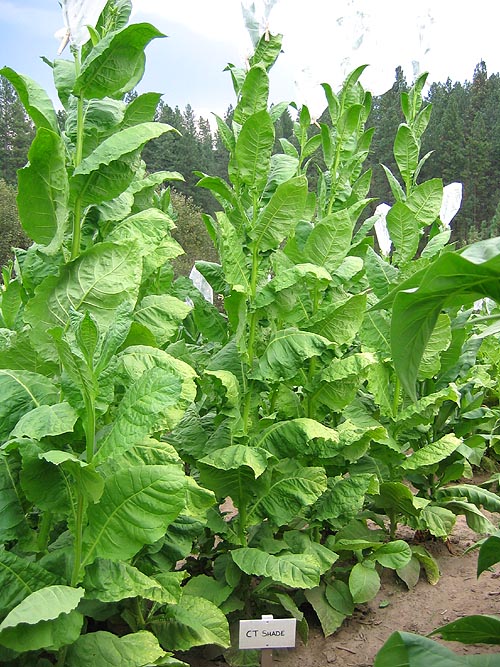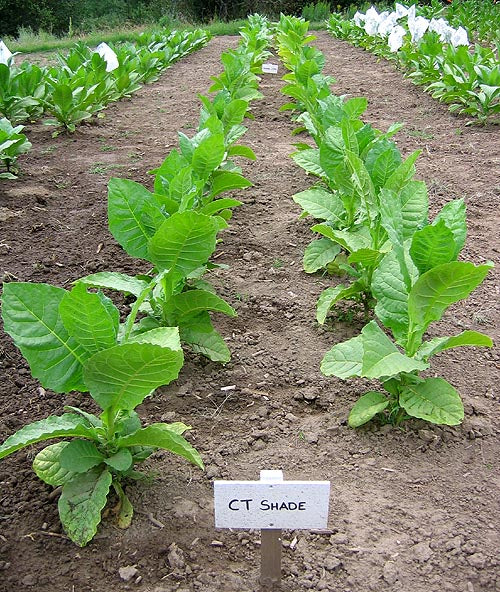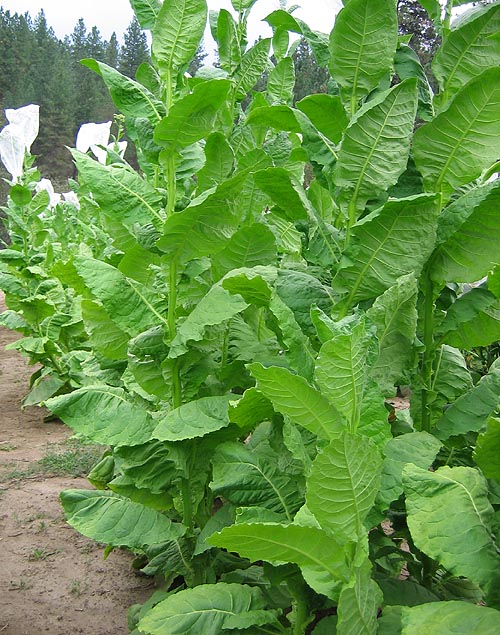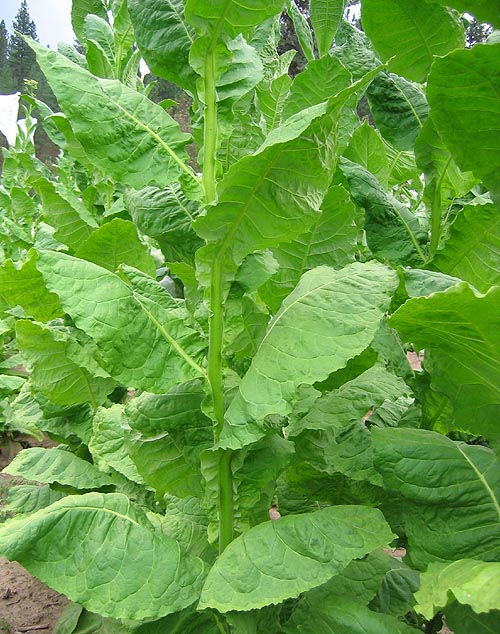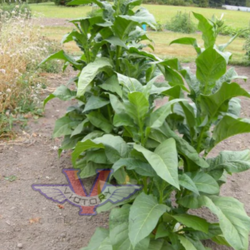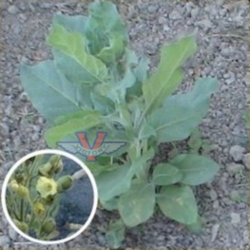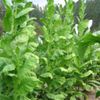
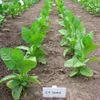
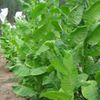
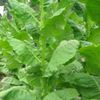
Connecticut Shade Tobacco
Price: $3.49
SKU: 1001301
Connecticut Shade
Nicotiana tabacum L
[ Approximately 100 seeds per packet ]
The plants of 'Connecticut Shade' tobacco can reach eight feet in height with leaves that are light green colored averaging a foot wide by eighteen inches long. The plants are very uniform and have little to no suckering. The leaves are a light green averaging 12" x 18" and turn a mottled yellow as they ripen. It matures in 75-80 days. Shade Leaf tobaccos will develop leaf qualities that are more similar to those of a broadleaf wrapper when grown in full sun. When shade grown the leaf will be larger, thinner and be more elastic producing some of the finest cigar wrappers.
Originally grown under trees to provide shade from the direct sun, today's shade leaf tobaccos are now commercially grown under shade cloth. The covering is used to duplicate the tropical shady conditions where this type of tobacco was originally grown.
Connecticut produces nearly 900,000 lbs of shade-grown leaf annually. Connecticut shade-grown tobacco is one of the most expensive agricultural commodities in the world commanding prices of $55 or more per pound for the highest grades of leaf. Our seed originated from David Pendergrass in Tennessee who grew it from USDA accession number PI 552621.
Once tiny seedlings emerge, you can pick them out one by one and move them into individual cells. Very lightly fertilize and never allow the potting soil to dry out. Within 6 weeks it'll be ready to plant in the garden. Wait until all risk of frost is over before planting outdoors.
For additional information, please have a look at our more detailed guide with photos.
